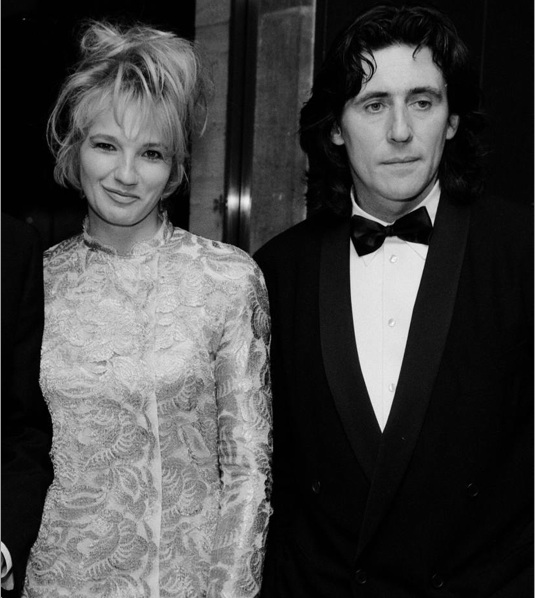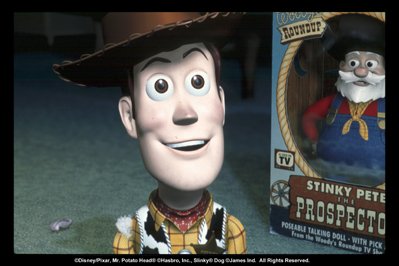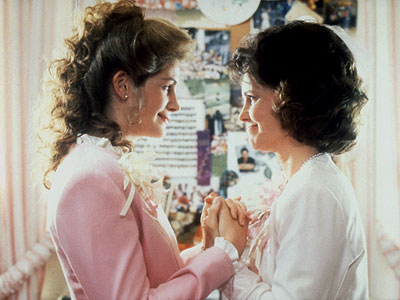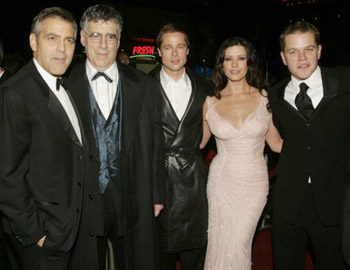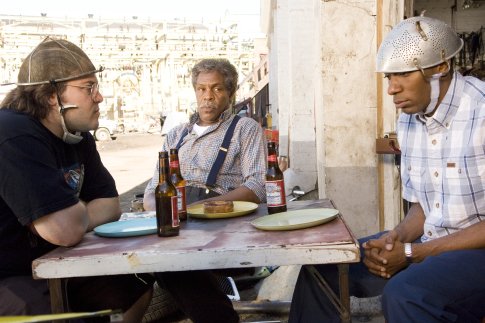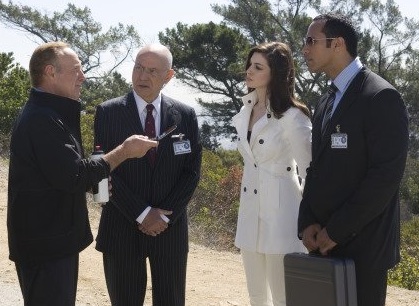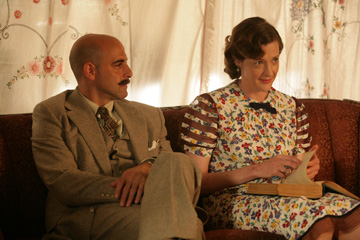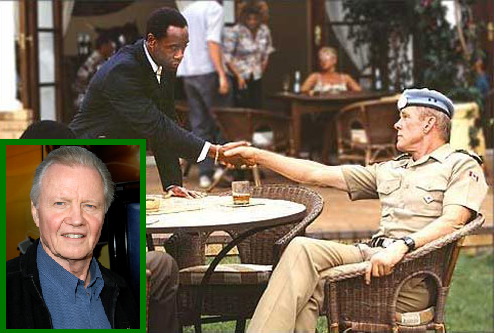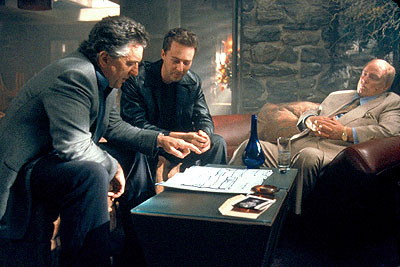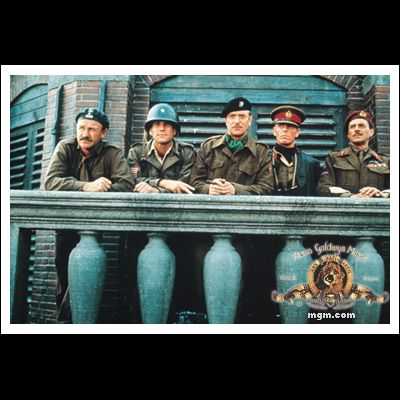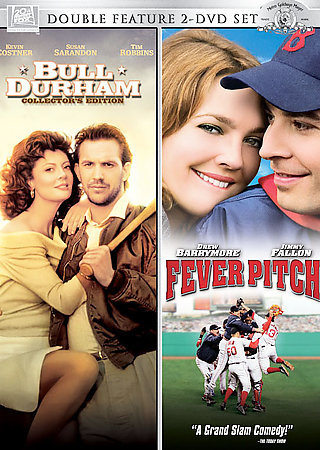I’ve been finishing up some end-of-the-year work, which is why posting has been light. But I did want to give an update on the Elementary Education Conference at the Folger last week.
The conference was two days, and was aimed at exploring ways to teach Shakespeare in the elementary school classroom. I had a great time attending the other presentations, and took away a lot of great activities to use with my students.
For my own presentation, I did this activity, and showed this project, both of which were very well received. The latter was done with 8th grade students, but it gave me a chance to talk a little bit about the cognitive differences between students in elementary school and students in junior high school. This was mostly taken from my dissertation, which was specifically on teaching Shakespeare in the elementary school.
Perhaps that’s why what struck me the most seemed to be the novelty of it all. When I worked for the Folger’s Teaching Shakespeare Institute, all of the participants were experienced teachers of Shakespeare. In fact, we hand-picked teachers who would be most likely to be able to implement what we were teaching them. But for this conference, about half of the elementary school teachers had never taught Shakespeare before, and were attending because they were intrigued by the idea. Plus, there were a number of junior high school teachers in attendance as well, looking for adaptive activities they could use to make Shakespeare more accessible to their students.
Elementary school is the best time to introduce Shakespeare to children (unless they happen have a dad like Duane who does it earlier) because they’re too young to be afraid of it. Once they get past the strangeness of the language and develop an appreciation for real human emotion and masterful storytelling of the plays, they have the whole rest of their lives to learn everything else.
Clearly, we still have a lot of work to do to get the word out!





